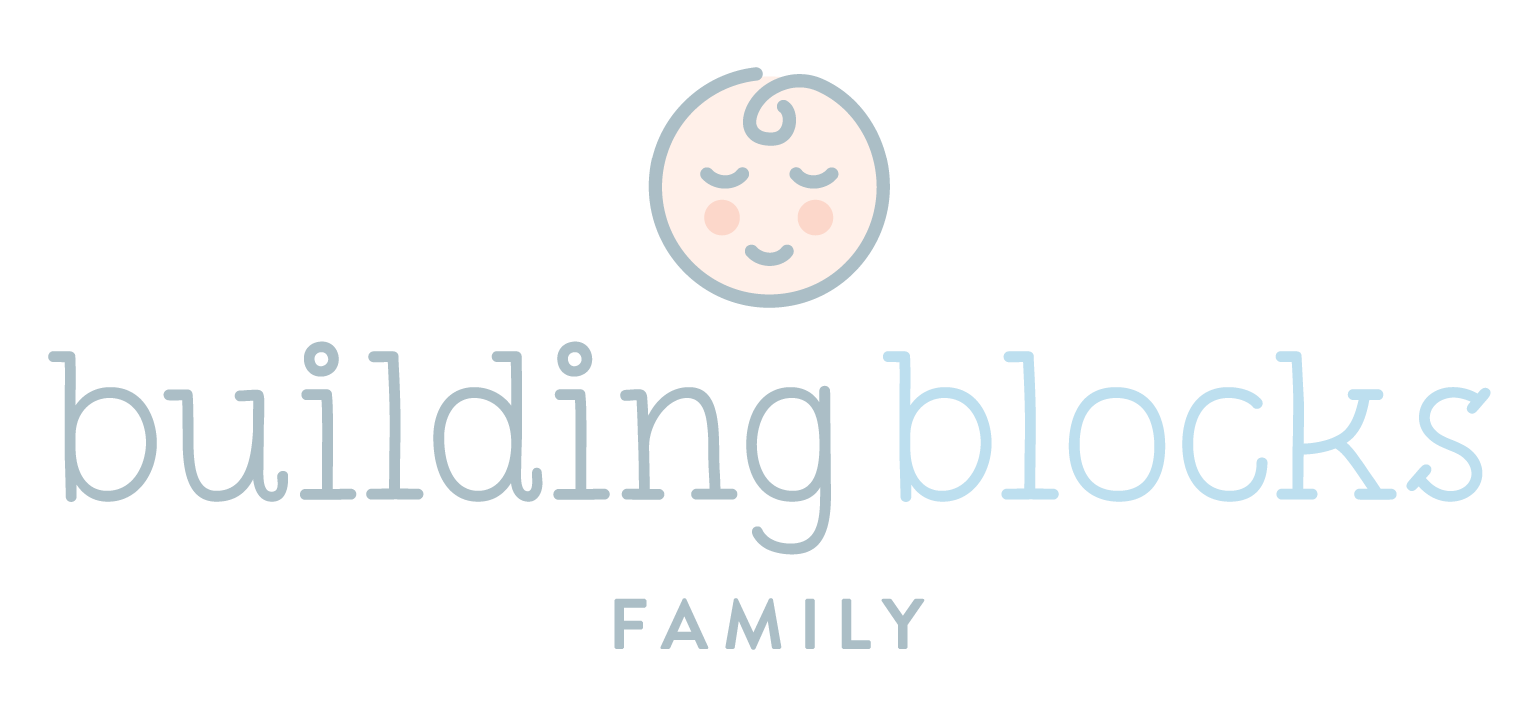Transition to a Big Bed
Moving to a big bed from the crib is a big transition and shift. Not to mention, it can be a very anxiety provoking change for parents. I personally always drag my feet to do this change. I love when my kids are safe and confined to a crib. I understand the worry around this change but with these tips, the transition will hopefully be smoother.
So when do you make this change? The ideal time to move a kiddo to a bed is as close to age three as possible. They are able to understand the responsibility of a big bed better. However, there are circumstances where you must move your child sooner. That may be a new addition coming and you need the crib. That could be a child that climbs out and you need to transition for safety reasons. Regardless of the age, prep and consistency are key!
Do you move your child to a toddler bed, convert the crib, or move to a regular sized bed? This is up to you. I find that after age 2 just moving to a normal sized bed is helpful to eliminate multiple transitions down the road and saves you some money in the long run. If a child is very young, converting the crib or having a smaller space for them to sleep like a toddler bed could be helpful. If you do move to a normal sized bed, I would use safety rails to protect them if they roll off the bed.
Here are some tips and tricks for a smooth transition to a big bed:
Prep: Make a count down calendar about 5-7 days prior to the move to a bed. Get them excited and involved in the change.
Routine: Make sure to continue a consistent and predictable bed time and nap routine. Predictability helps children to feel secure and safe. Even with this change, make sure to keep things consistent.
Safety: Make sure the room is “toddler” proofed. This might mean taking out more things until child is used to new bed and new rules. Make sure all furniture is bolted to the wall. You can put a baby gate outside the door or change the lock to be on the outside. This is to ensure the child is safe and does not wander the house alone at night. You never have to use a lock or a gate but sometimes this is helpful especially the younger the child is. Temporary locks called monkey locks are a good option as well. I use locks as a back up plan if my child does not choose to follow the expectations.
Realistic Expectations: Change is hard. Be empathetic to their feelings and the process. Lasting change takes time. Know, this too shall pass. Stay consistent and they will adjust.
Control: There are several ways to help your child feel more in control of the situation. For example, you can involve them in the change. For instance, you could take them with you to pick out new bedding. Use a toddler clock and have them “set it” or turn it on each night before bed and nap time. Have them pick out a new pillow, stuffed animal, anything to reinforce this change and get their buy in. (*helpful hint: start toddler clock while they are in crib because easier to be consistent with when they are learning)
Reward new behavior: Use a behavior chart to help reinforce new behavior of staying in bed and sleeping in bed. Sticker charts are not the end all be all but can help reinforce and shape the new behavior (staying in your big bed). Use sticker chart for only 1-3 weeks.
Explain expectations: Explain the new expectations visually and verbally. Repetition is key. Discuss these new expectations before bed and nap every day. You can make a social story (check out my instagram highlight bubble titled “social story” for directions on how to do this). You also can purchase any books on sleeping in a big bed.
Overall, remember to be calm during this transition. Children will feed off your energy. Set everyone up for success by prepping, having a plan and being consistent. Give the change some time. Know that they may play more at nap time or bedtime due to their new freedom but that will grow old in time. Take deep breaths, prep, and go for it!

